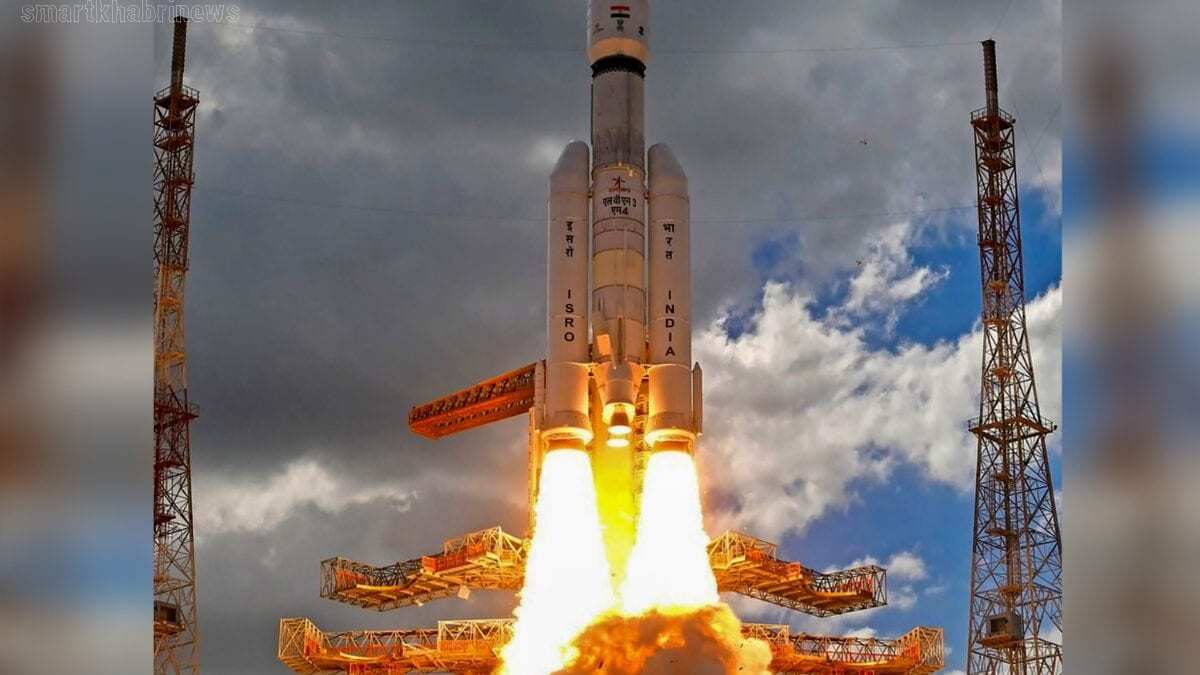Chandranaar Temple Holds Special Prayer for Success of Chandrayaan-3 Mission
In 2019, the Chandranaar Temple in Tamil Nadu’s Thanjavur district conducted a special prayer, known as “abhishekam”, to seek the blessings of the Moon god Chandran for ISRO’s Chandrayaan-2 mission. However, the mission faced challenges as the lander Vikram crash-landed on the lunar South Pole. Undeterred by this setback, ISRO launched its ambitious Moon mission once again and conducted a two-hour prayer, called Chandra Preedhi Homam, at the Chandranaar Temple ahead of the Chandrayaan-3 lift-off.
According to V. Kannan, a retired manager at the Sri Kailasanathar Temple or Chandranaar Temple, a special prayer was also organized before the launch of Chandrayaan-1 in 2008. The decision to hold prayers for Chandrayaan-2 was prompted by a technical problem that caused the initial launch to be postponed. The temple believed that the technical snag may have been a result of not offering prayers to the Moon god, so they conducted special prayers, abhishekam (ritual bathing of the deity), and annadhanam (offering of food) before the Chandrayaan-2 launch on July 22. The Chandranaar Temple is one of the Navagraha temples, where devotees pray to negate negative planetary influences.
Tamil Nadu’s Connection to ISRO’s Moon Mission
Aside from the scientists and engineers contributing to the Moon mission, Tamil Nadu has another connection to ISRO’s project through the soil in Namakkal district. The soil in this district is similar to the lunar surface and has been sent to ISRO for testing purposes since 2012. This soil has helped ISRO refine its capabilities and attempt a more precise soft landing on the Moon. The properties of the soil in Namakkal district are similar to those on the lunar surface, making it an ideal testing ground for ISRO.
ISRO has confirmed that the soil in Tamil Nadu, as well as some regions of Andhra Pradesh and northern areas of the country, is conducive for testing due to its similar properties to lunar soil. The lunar surface contains a type of intrusive igneous rock called Anorthosite, which is also present in the soil of Tamil Nadu’s Namakkal district.
ISRO’s Chandrayaan-3 Mission
ISRO is set to initiate the Automatic Landing Sequence for its ambitious third Moon mission, Chandrayaan-3. The Lander Module, which consists of the lander named Vikram and the rover named Pragyan, is scheduled to make a soft landing near the south polar region of the Moon. This feat has not been achieved by any country so far.
During the landing process, the lander enters the powered braking phase at around 30 km altitude. It uses its four thruster engines to gradually reduce speed and prevent a crash due to the Moon’s gravity. At an altitude of around 6.8 km, only two engines are used to give reverse thrust to the lander as it descends further. The lander scans the surface using its sensors and cameras at an altitude of about 150-100 meters to check for any obstacles before making a soft landing.
ISRO Chairman S Somanath has mentioned that the most critical part of the landing process is reducing the velocity of the lander from a height of 30 km to the final landing. The spacecraft must also reorient from a horizontal to a vertical direction. After the soft landing, the rover will descend from the lander’s belly onto the Moon’s surface using one of its side panels as a ramp. The lander and rover will have a mission life of one lunar day to study the surroundings, with the potential for extended operation if possible.
